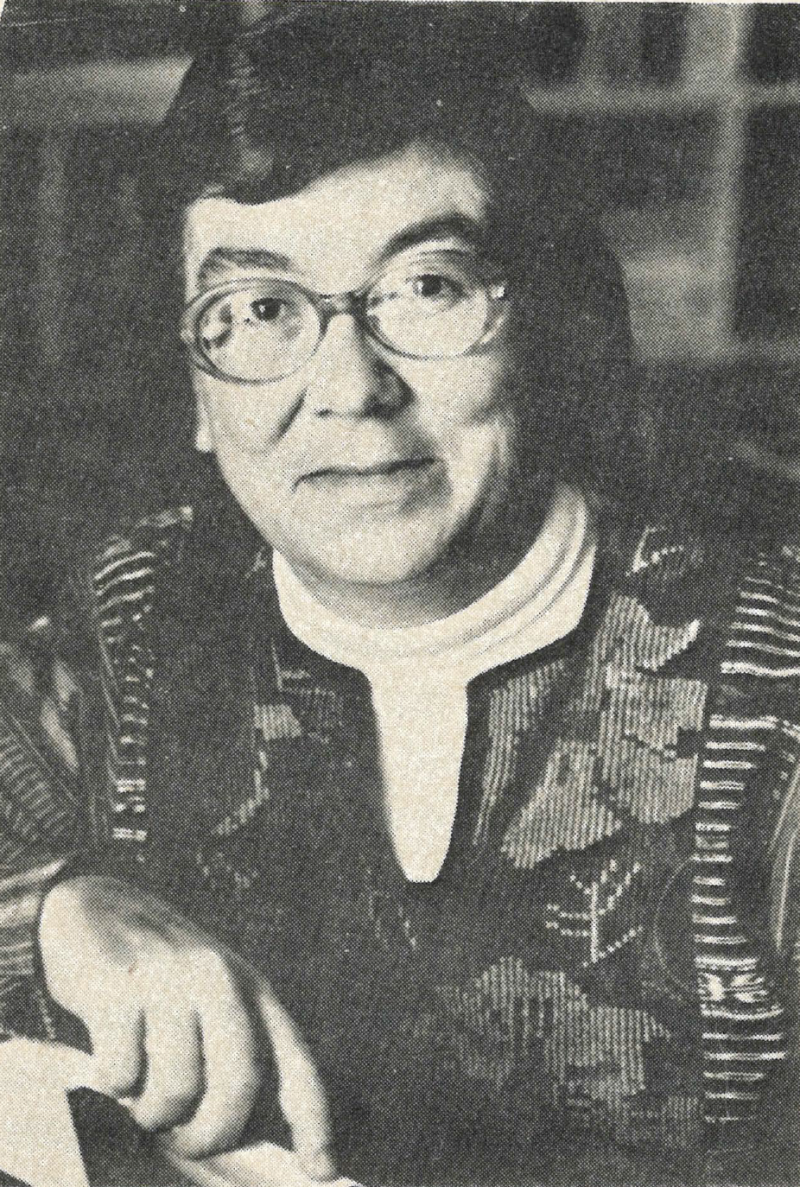“Heart of a Stranger” by Margaret Laurence

This collection is a sampling of Laurence’s non-fictional work. Three essays have not appeared before; the majority are reprinted, first having been published in the late sixties and early seventies. The range of this anthology is striking: essays about the importance of “roots” join mini-travelogues recounting trips to Greece, Egypt, and Scotland, an angry/funny article about letters received and sent over the years, and a revised version of a review of George Woodcock’s biography of Gabriel Dumont. Once again, Laurence offers startling range and depth.
The title is taken from a passage in Exodus: “Also, thou shalt not oppress a stranger: for ye know the heart of a stranger, seeing ye were strangers in the land of Egypt.” As Laurence notes in the Foreword, this verse has always meant a great deal to her, and perhaps even more importantly, she explains:
for a writer of fiction, part of the heart remains that of a stranger, for what we are trying to do is to understand those others who are our fictional characters, somehow to gain entrance to their minds and feelings, to respect them for themselves as human individuals, and to portray them as truly as we can. The whole process of fiction is a mysterious one, and a writer, however experienced, remains in some ways a perpetual amateur, or perhaps a perpetual traveller, an explorer of those inner territories, those strange lands of the heart and spirit.
The articles variously inform, entertain and satirize. Some involve physical travel, and all explore “those strange lands of the heart and spirit”. Roughly speaking the essays involve four types of exploration: the topic of “roots” is dealt with in some detail, a number of pieces are mini-travelogues, others deal with historical and political topics, (ranging from the question of Somali nationalism to the history of the Canadian prairie Metis), still others are rather whimsical and deal with such affairs as Laurence’s adventures while flying (after Jong, it might be added, while literally flying) and an abiding sense of humour in the face of sadly misinformed “anti-fan” mail.
Laurence’s strong sense of place, which pervades her fiction, is reflected here in a number of the travel essays. These pieces are peppered with anecdotes: the following is from “Sayonara, Agamemnon”, which describes a trip the Laurences took to Greece:
“If only that kid would get out of the way”, Jack said, “I’d take a picture of the arch.”
I suggested that he take a picture anyway with the denim-clad American boy walking into the ancient stadium—Today facing Yesterday. He agreed and prepared to take his picture. At that precise moment the boy turned around. Today was facing Today and they were both holding cameras aimed at each other.
“Good Morning to the Grandson of Ramesses the Second” and “Captain Pilot Shawkat and Kipling’s Ghost” tell not only of Laurence’s travels in Egypt, but delve into Egyptology and the ever-simmering political situation in the Middle East.
Although much of this collection deals with explosive historical and political questions, Laurence’s probes remain scrupulously fair. The question of imperialism versus nationalism repeatedly is examined in scenarios as different as the Somali desert, the Suez Canal, and the Canadian prairies. Not only are these discussions interesting in themselves, but they have the added importance of clarifying a recurrent theme in Laurence’s fiction. For example, “Man of Our People” is a revised version of Laurence’s review of Woodcock’s biography of Gabriel Dumont and Lawrence explains in a prefatory note that “this article has a great deal of relevance to my own life-view, a relevance…perhaps seen in its broadcast sense in my novel, The Diviners. “
“Living Dangerously…By Mail” is a fascinating short piece that recounts the variously infuriating and rewarding experiences that letters, both sent and received, have caused Laurence:
Then there was the lady who wrote to me about my first novel, This Side Jordan. This was my first anti-fan letter, and it drew a certain amount of psychic blood from me.
“I have never read such a disgusting book as yours,” she charmingly stated, “and I would as soon allow my young friends to handle a snake as your novel.”
Fine piece of Freudian imagery there, I thought. She went on to say that she wondered why I had been compelled to write a novel full of such obscenities as chamberpots. I also wondered, in astonishment, so I checked through the book. As I had thought, the offending china object was mentioned only once. She certainly hadn’t missed it. She ended by advising me to “look up and see the angel.”
In “Upon a Midnight Clear” Laurence gives a moving description of what was perhaps her last childhood Christmas, for although only nine, her father was to die the following year. As elsewhere, although notably in this essay, Laurence writes a virtual prose-poetry to evoke mood: in the course of a passage that captures the ambiance of the Christmas eves of her childhood, she comments:
Sometimes there were northern lights. My memory, probably faulty, assigns the northern lights to all those Christmas eves, but they must have appeared at least on some, a blazing eerie splendour across the sky, swift-moving, gigantic, like a message.
Laurence moves from discussing the importance of beginnings, and one’s first home, to the atrocities of tribal warfare, to the gentle beauty of remembrances of childhood Christmases. Yet the string upon which all nineteen articles are beaded is the theme of freedom: it is necessary to remember that unless one has respect for “those strange lands of the heart and spirit,” human freedom is an impossibility. As always for Laurence, freedom cannot be had until the modus operandi of oppression is understood, and the place where this lesson is taught is the past. Therefore the town of Neepawa, her rooting place, becomes enormously important:
An old man lived, deranged, in a shack in the valley. Perhaps he wasn’t even all that old, but to us he seemed a wild Methuselah figure, shambling among the underbrush and the tall couchgrass, muttering indecipherable curses and blessings, a prophet who had forgotten his prophecies. Everyone in town knew him, but no one knew him. He lived among us as though only occasionally and momentarily visible. The kids called him Andy Gump, and feared him. Some sought to prove their bravery by tormenting him. They were the medieval bear baiters, and he the lumbering bewildered bear, half blind, only rarely turning to snarl. Everything is to be found in a town like mine. Belsen, writ small but with the same ink.
If this anthology has any failing, it is that only a small proportion of the essays are totally new, although many have been revised and expanded. In any case, Heart of a Stranger is a volume well worth reading, and reading carefully, for it details both the character of Laurence’s system of thought and the character of Laurence herself.
Joy Kuropatwa reviewed Laurence’s The Prophet’s Camel Bell in vol. 1, no. 2. She is currently reading towards her doctorate at the University of Western Ontario.

